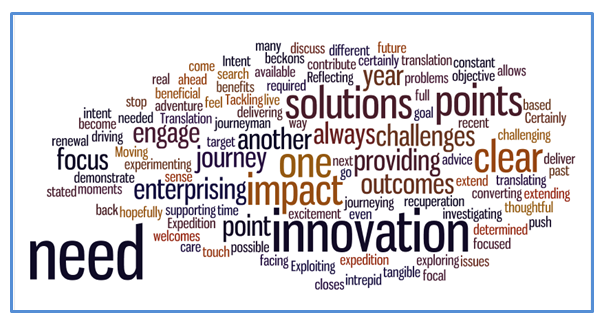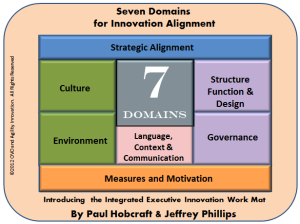For me, 2012 was a defining year. Much of what I wanted to achieve in bringing together a growing but fairly comprehensive innovation tool set has seemingly materialized.
The collaborative work that Jeffrey Philips and I undertook has been a significant contributing factor, and I owe him a big thank you for being such a great collaborating partner.
Also during the year I have tried to keep a consistent update on the flow of this work through this blog: paul4innovating.com and wanted to keep publishing selected aspects in association with the recognized leaders in innovation knowledge.
I often like to think out loud and it is specifically motivating when others respond positively to what I’m thinking – thanks for that, it is motivating and encouraging.
You may not know but I work through innovation being central to my thinking through www.agilityinnovation.com that is 100% focused on innovation around subjects important to growing organization’s capability in today’s world but keeping innovation central to the framing solutions.
These combine and underpin my advisory, coaching and consulting work. These need more shaping but do have all the essential content, perhaps too much! Continue reading “Innovation and the Deepening Linkage”

